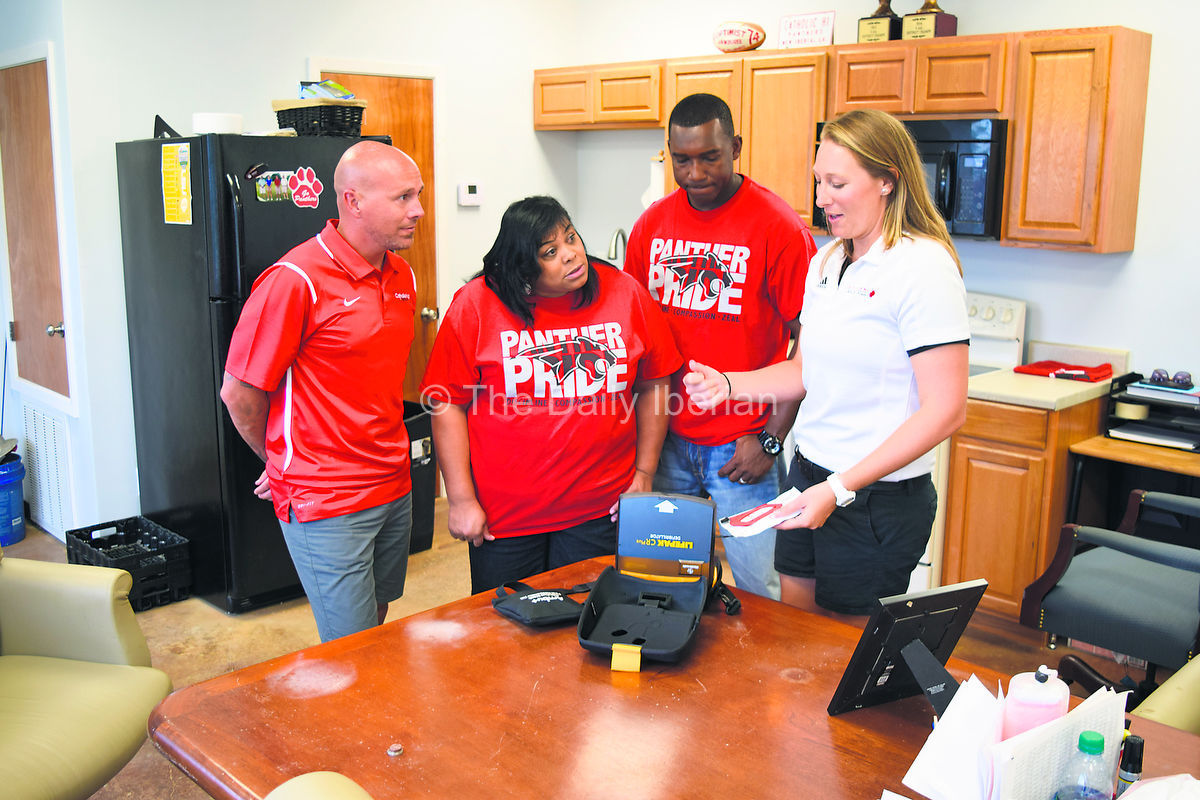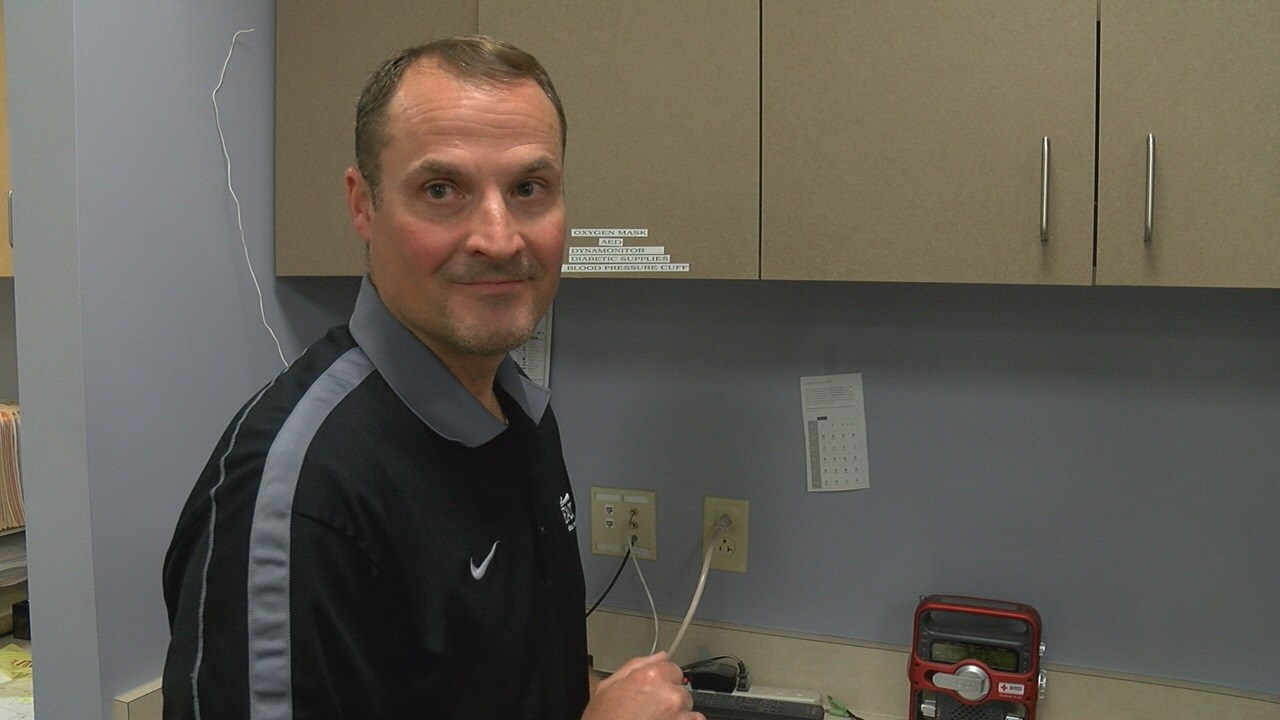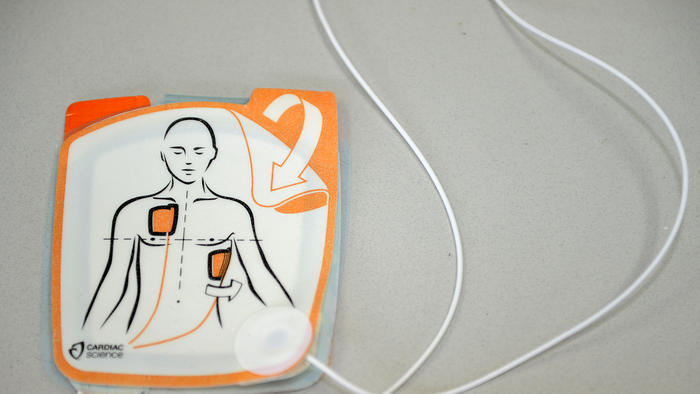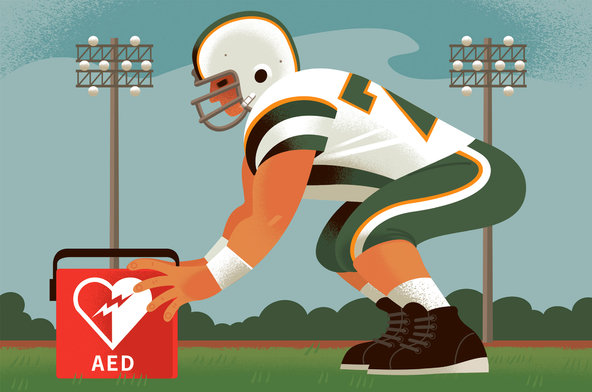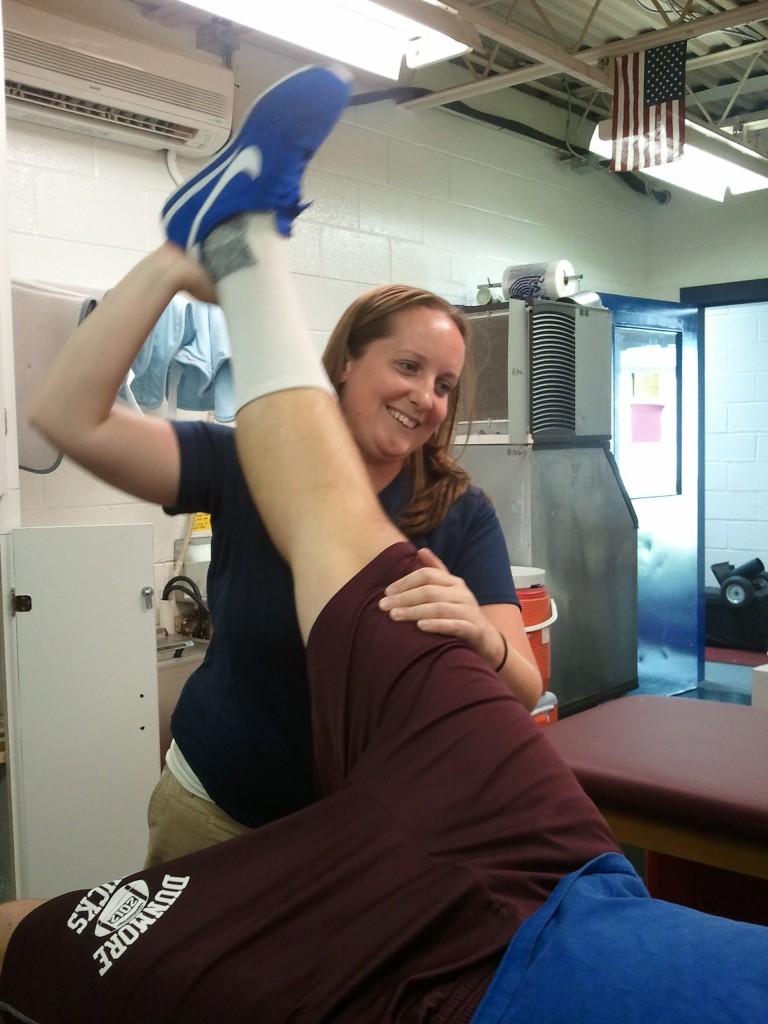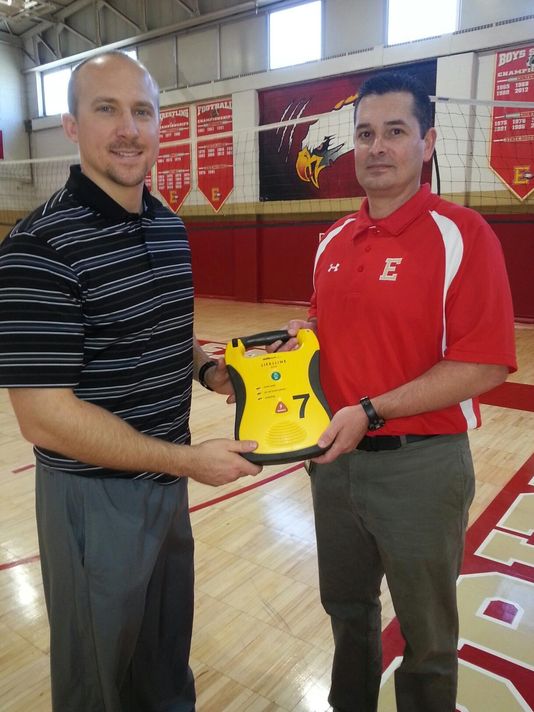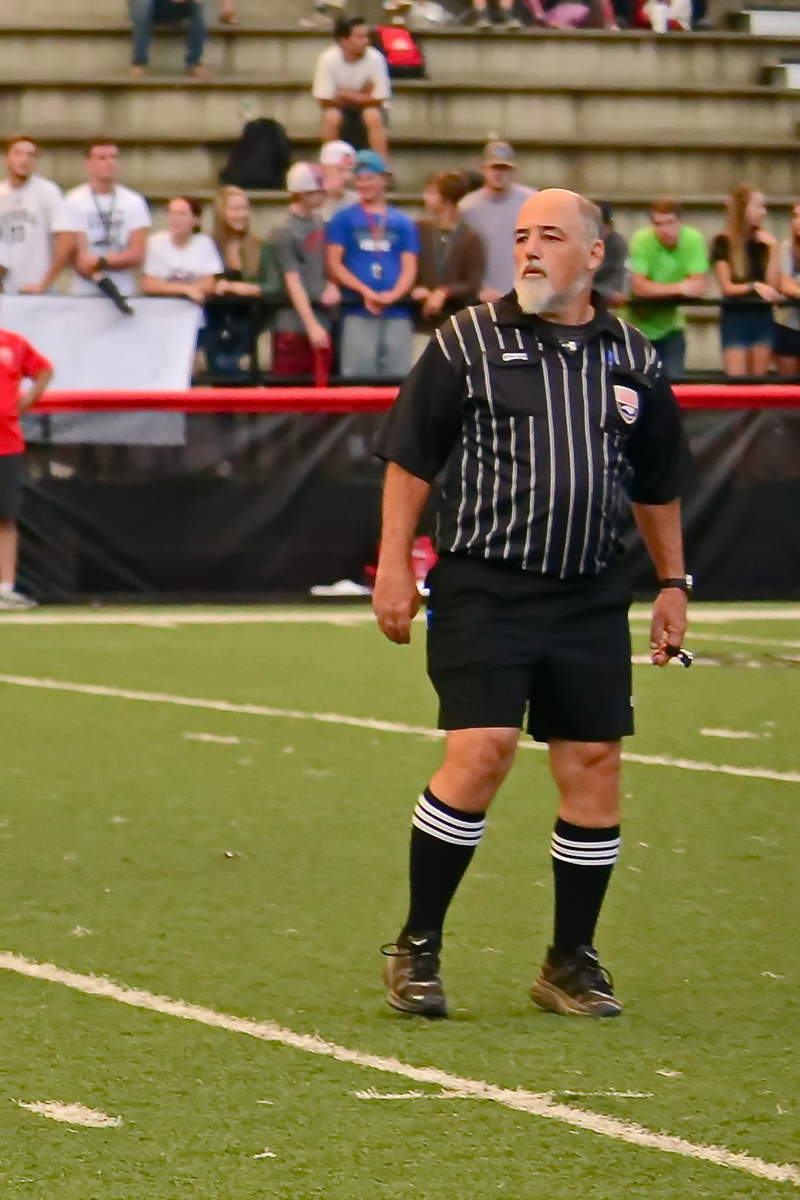
Article reposted from The Mountaineer
Author: Mikell Webb
Just 18 minutes into Wednesday night’s Tuscola at Pisgah boys soccer match at Memorial Stadium, head referee Alan Tenan collapsed on the field with an apparent heart attack.
Suddenly, bitter rivals shifted their focus from the a match to coming together to aid Tenan.
Pisgah junior soccer player Justin Francis, who is also an Eagle Scout, rushed to Tenan’s aid and turned him from lying on his face to his back. Just seconds later, Pisgah athletic trainer Jennifer Frey, Tuscola athletic trainer Stephen Digh and three emergency medical personnel at the rivalry match rushed onto the field and took over the situation.
All focus was on the Tenan as both schools’ coaches and administrators cleared the area and students ran to move the practice goals so the ambulance could drive onto the field.
Moments later, the Canton Fire Department also arrived on the scene.
Chest compressions (CPR) was administered with the AED to revive him.
“In the midst of a great rivalry being played out at Pisgah’s Memorial Stadium between two great high schools the soccer match was stopped as a result of an emergency situation in which the head referee, Mr. Alan Tenan, collapsed on the field,” said Tuscola Principal Travis Collins. “What I witnessed was the rapid response of the trainers from both Pisgah and Tuscola, as well as our two coaches and the players on the field. Due to the swift and professional actions of our two high school’s trainers and personnel from the Haywood County EMS, Mr. Tenan received the appropriate medical attention and was safely transported to Mission Hospital where as of [Thursday morning] he was in stable condition and being moved into a room for follow up care.
“We are so very thankful for the cooperation and professionalism that took place [Wednesday night] in response to this life-threatening emergency and extend our thoughts and prayers to Mr. Tenan and his family as he recovers.”
Tenan was conscious prior to being transported to Mission Hospital.
Pisgah Head Coach Ralph Michael and Pisgah Assistant Athletic Director Casey Kruk postponed the match. At press time, the rescheduled date had not been determined.
“Obviously, the match was postponed,” said Kruk. “Mr. Tenan and our athletes at both schools are very fortunate to have such great athletic trainers. The EMT personnel on the scene and the trainers went to work immediately on Mr. Tenan. Because they had the right equipment and were properly trained, they saved another life.”
As the ambulance left Memorial Stadium, parents, fans, students and players held hands, made a circle at midfield and prayed for Tenan.
“We are so relieved and thankful this situation turned out the way did,” said Pisgah Principal Greg Bailey. “Both schools should be so thankful of their staff, their coaches, their kids and their community. How they responded [Wednesday night] is a positive reflection of the people who live here. It just makes you swell up with pride. We have fun with these rivalries, but in this situation, both schools stood tall because when the ambulance left the field with Mr. Tenan, everybody from both schools locked hands in the middle of the field and prayed for Mr. Tenan. I’m so thankful that he got to return to his family.”

